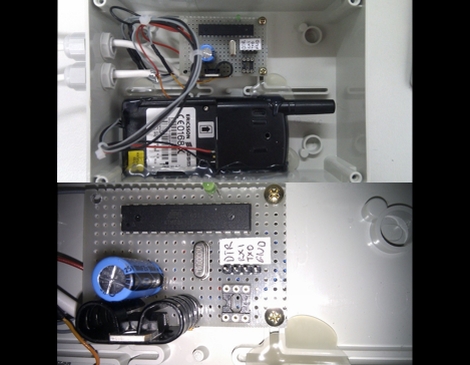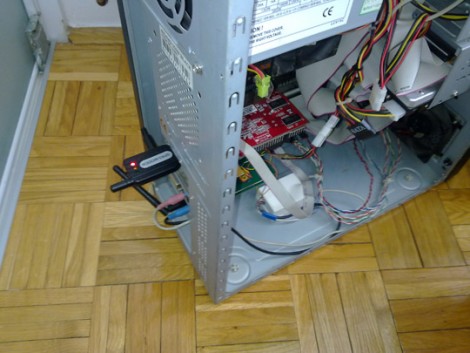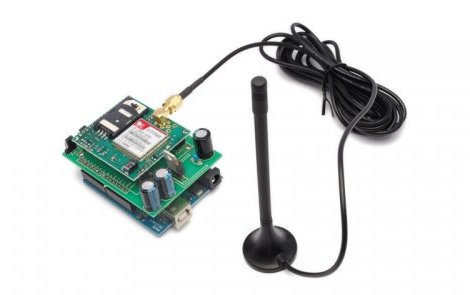
If you have ever traveled around Europe, you are likely familiar with parking discs. Required in many countries that would rather not deal with parking meters, these devices are placed in the front of a car’s window, and indicate when the vehicle was parked. When parking enforcement officers come through the area, it makes quick work of identifying which cars need to be ticketed.
[Michael] received a fancy electronic parking disc as a gift, but the device was incredibly buggy, causing him all sorts of grief. After contacting the manufacturer and receiving no helpful response, he took it upon himself to get things working properly.
He dismantled the disc and found that like many products today, the microprocessors were locked down behind a layer of hard resin. Undeterred, he decided to rebuild it from the ground up using an ATmega microcontroller to provide basic parking disc functionality. He also armed his disc with a GSM modem and a GPS receiver – the former gives him the ability to communicate with the device, while the latter provides accurate time data while allowing him to keep tabs on the car’s location, should the need arise.
The hacked disc’s guts reside in his glove box, and can be controlled using his iPhone, making it easy to tweak his parking time at will.
Check out the video below to see his parking clock in action, and if you have questions on any part of the build, [Michael] says he’s more than happy to fill in any missing details.
Continue reading “Hacked Parking Disc Can Be Controlled Remotely”















